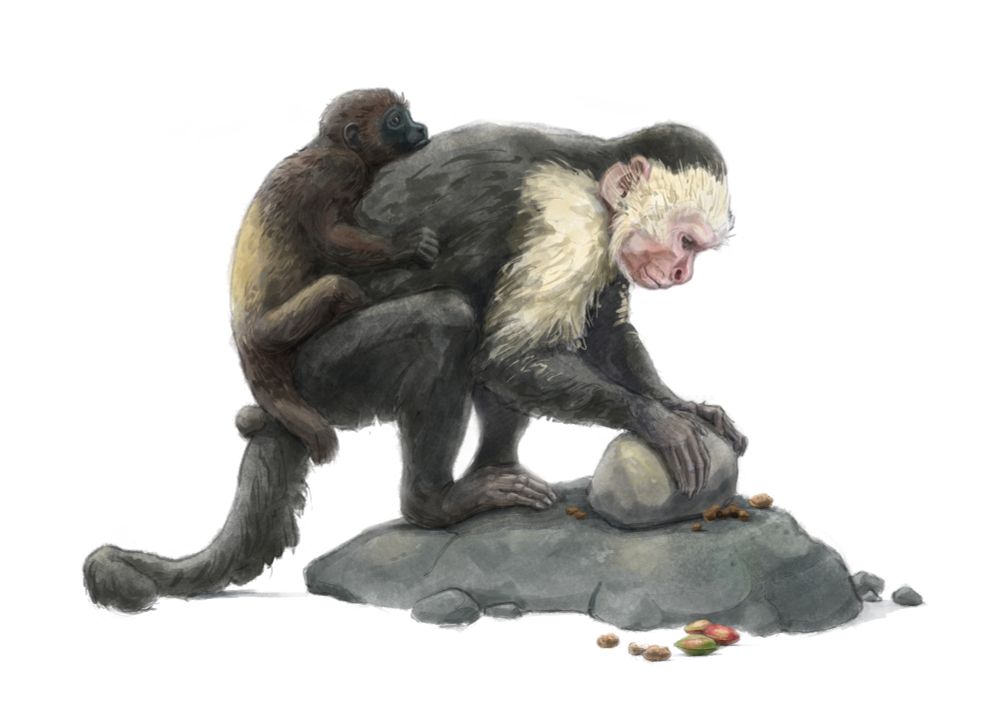
Posts do not represent the views of MPI, University of Konstanz , or lab leaders.





Our joint study with Caroline Schuppli and the Suaq team dives deep into the sleep patterns of wild orangutans to find out their strategy for sleep homeostasis 🦧 💤
Paper @cellpress.bsky.social ▶️ doi.org/10.1016/j.cu...
🧵 1/8
Our joint study with Caroline Schuppli and the Suaq team dives deep into the sleep patterns of wild orangutans to find out their strategy for sleep homeostasis 🦧 💤
Paper @cellpress.bsky.social ▶️ doi.org/10.1016/j.cu...
🧵 1/8

















